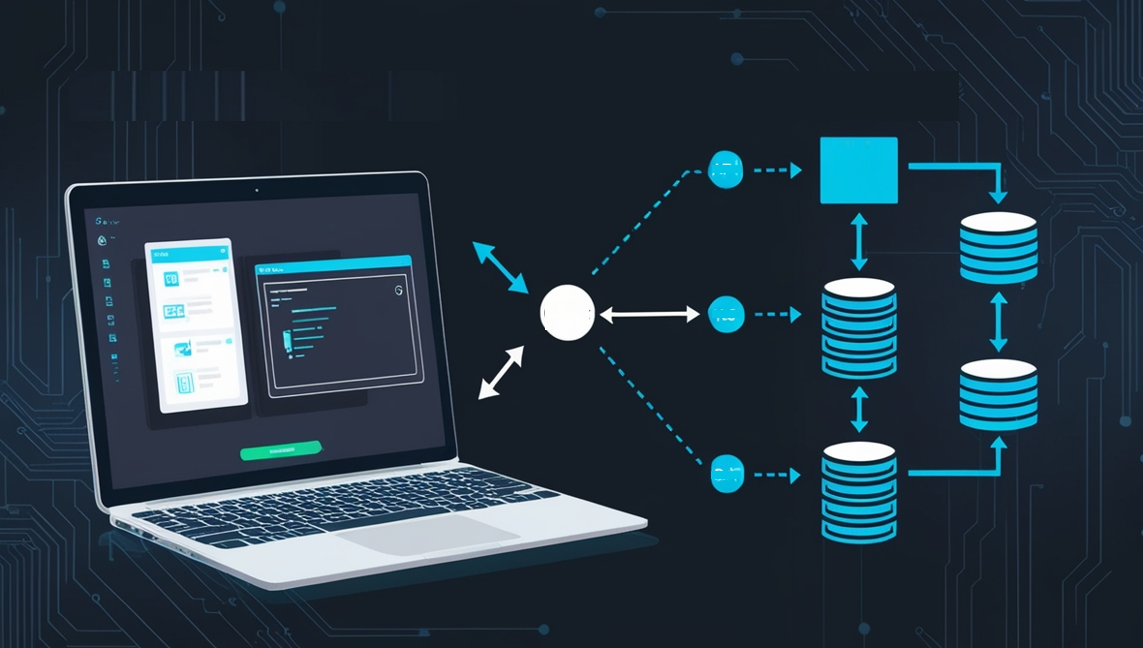
Enterprise Architecture Best Practices Guide: Patterns, Frameworks, and Implementation
This Enterprise Architecture Best Practices Guide provides a comprehensive overview of EAM patterns, frameworks, and implementation strategies. It offers practical guidance on identifying stakeholders, addressing their concerns, and leveraging best practices for successful EAM implementation. The guide also explores data collection, visualization, and the use of key performance indicators (KPIs) in EAM, making it a valuable resource for both practitioners and researchers.

